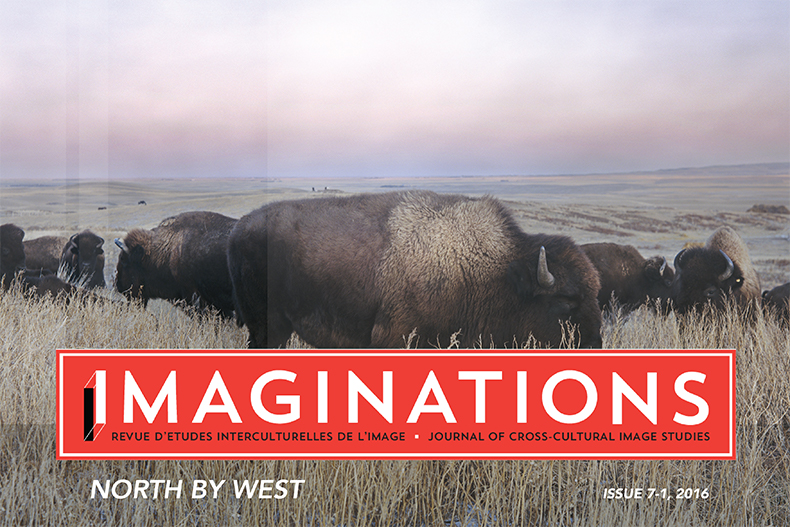Photography as Theory in Action: William Hanson Boorne, George Webber, and The People of The Blood
DOI:
https://doi.org/10.17742/IMAGE.NBW.7-1.10Abstract
Abstract | This paper analyzes non-Indigenous representations of Kainai (Blood) ceremonial dances in Western Canada by comparing two distinct photographic events separated by a century. The first photographer, William Hanson Boorne, exhibits colonial assumptions about Indigenous people that were prevalent in the 1880s. He utilized mythologies about the camera as a “shadow catcher” when he surreptitiously photographed the sun dance against the wishes of the Kainai, capturing images of a practice he believed was about to disappear as the West was transformed by modernity. The second photographer, George Webber, is a contemporary documentarian operating out of Calgary, AB. In 2000, he also photographed participants in the Kainai sun dance. While he shared Boorne’s aim to depict spirituality and desire to present the West in transformation, Webber’s pictures and photographic practices are significantly different than his predecessor. He treats the camera as a cross-cultural memory tool and means of understanding personal change. Comparison of the two photographic events illuminates the Canadian West as a visual discourse and photography as “theory in action.”
Résumé | Cet article analyse les représentations non-Indigènes des danses cérémonielles des Kainai (Gens-du-Sang) de l’Ouest du Canada en comparant deux événements photographiques distincts séparés par un siècle. Le premier photographe, William Hanson Boorne, était imprégné des présomptions coloniales sur les peuples Autochtones qui prévalaient au cours des années 1880. Boorne a employé les mythologies liées à l’appareil photo, comme sa prétendue capacité à « capturer l’ombre » (‘shadow catcher’) en photographiant la traditionnelle danse du soleil contre les souhaits des Kainais. Selon lui, il photographiait là les images d’une pratique qu’il croyait être sur le point de disparaître à cause de la modernisation de l’Ouest. Le deuxième photographe, George Webber, est un documentariste contemporain basé à Calgary (Alberta). En 2000, il a également photographié les participants à la danse du soleil des Kainais. Bien que Webber partage l’objectif de Boorne de représenter visuellement la spiritualité et le mouvement de modernisation de l’Ouest, sa pratique photographique est différente de celle de Boorne. Webber concevait l’utilisation de l’appareil photo comme un outil de mémoire culturelle et une façon de comprendre les changements tels que vécus par les individus. La comparaison des deux événements photographiques que représentent Boorne et Webber sont mis en contexte dans le cadre des deux thèmes de ce numéro spécial : l’Ouest canadien comme un discours visuel, et la photographie comme « théorie en l’action ».
Downloads
Published
How to Cite
Issue
Section
License

This work by https://journals.library.ualberta.ca/imaginations is licensed under a Creative Commons 4.0 International License although certain works referenced herein may be separately licensed, or the author has exercised their right to fair dealing under the Canadian Copyright Act.




